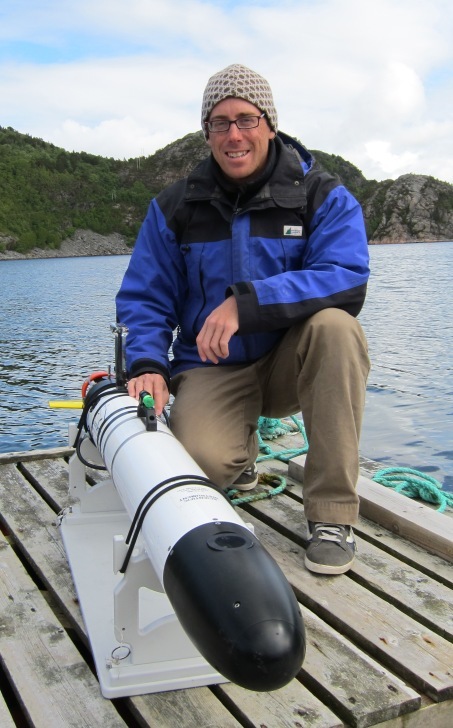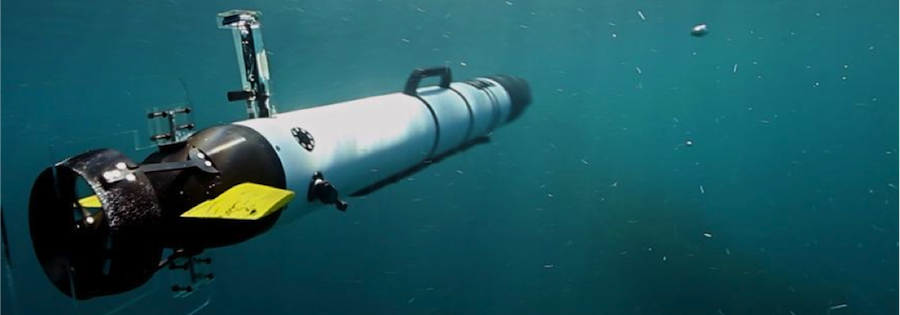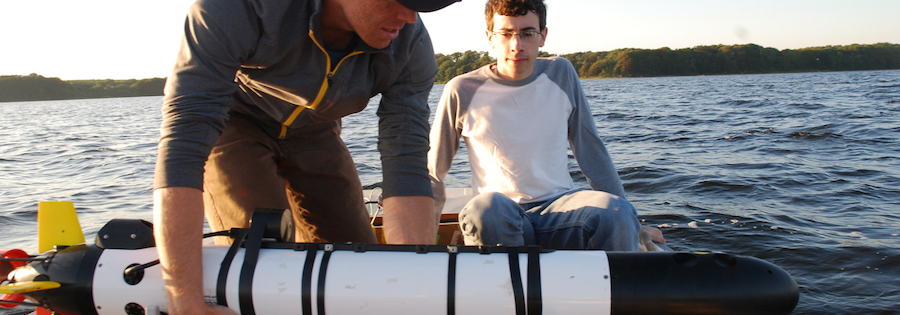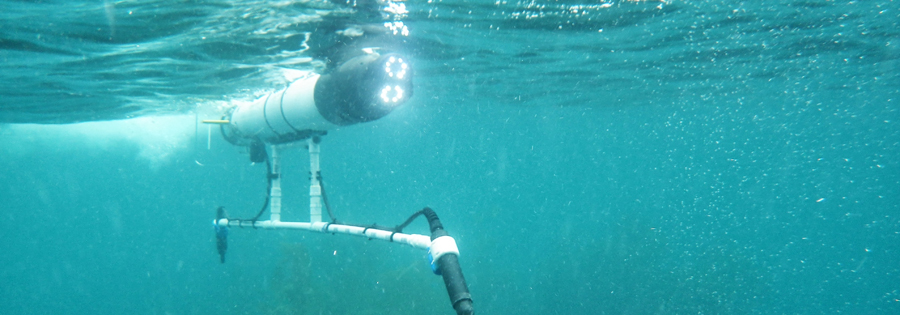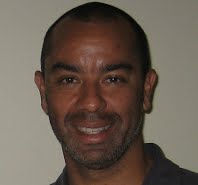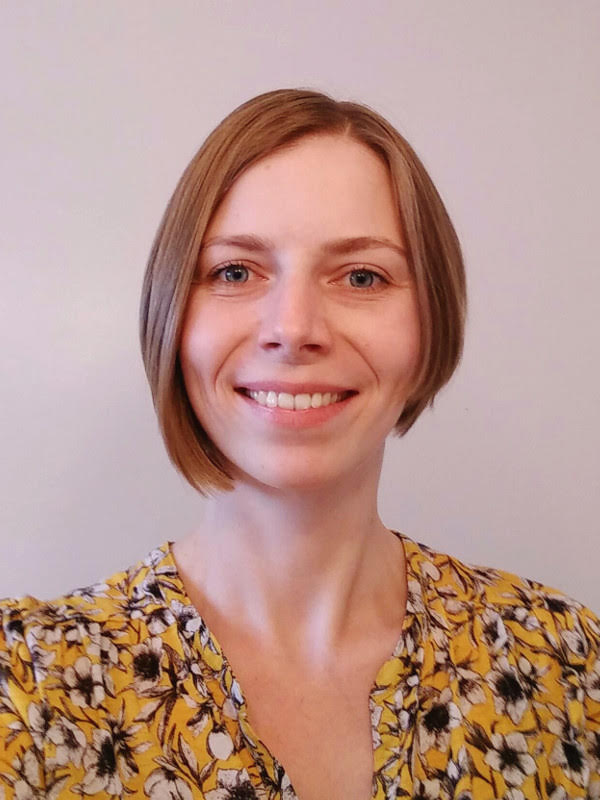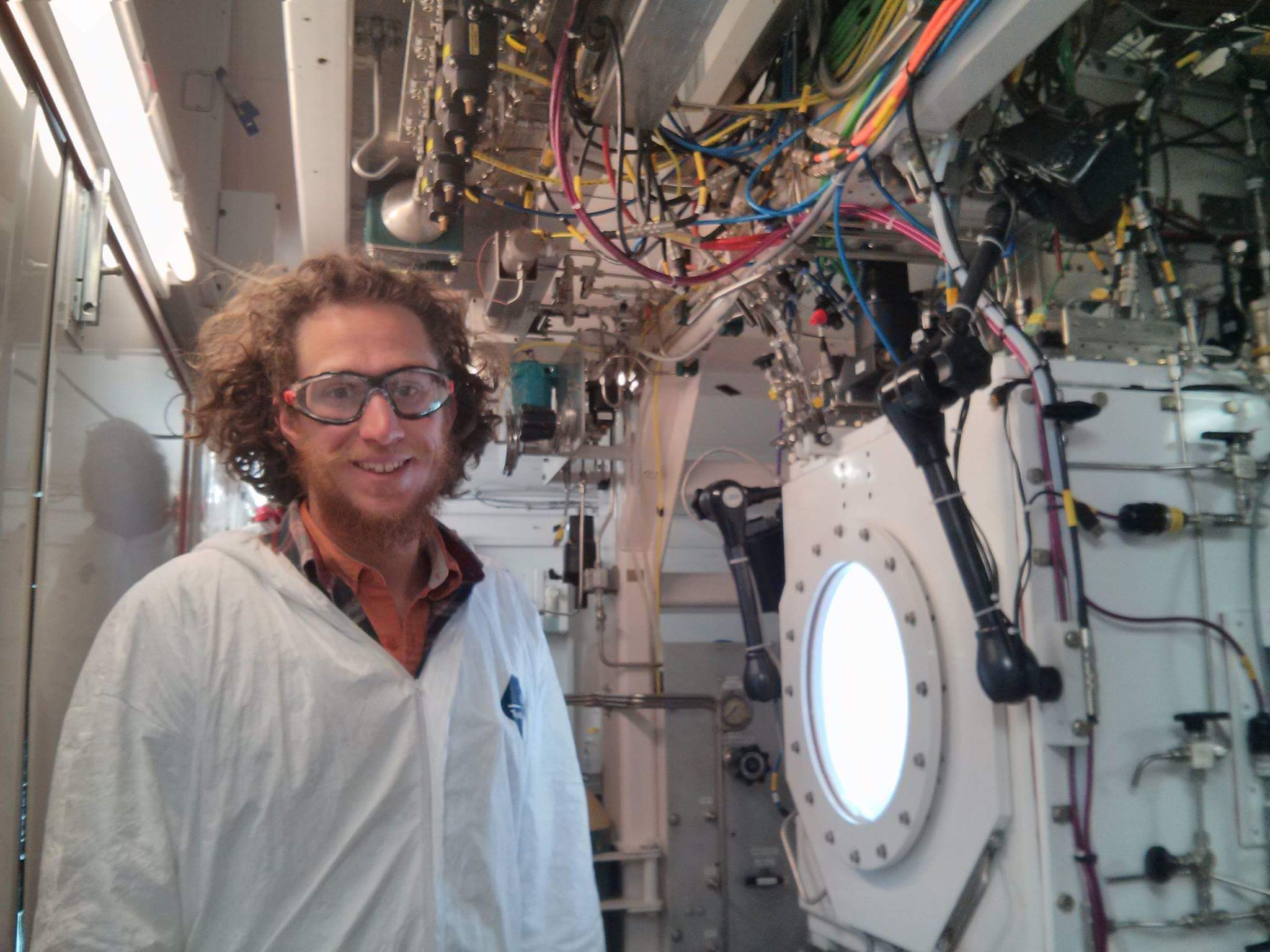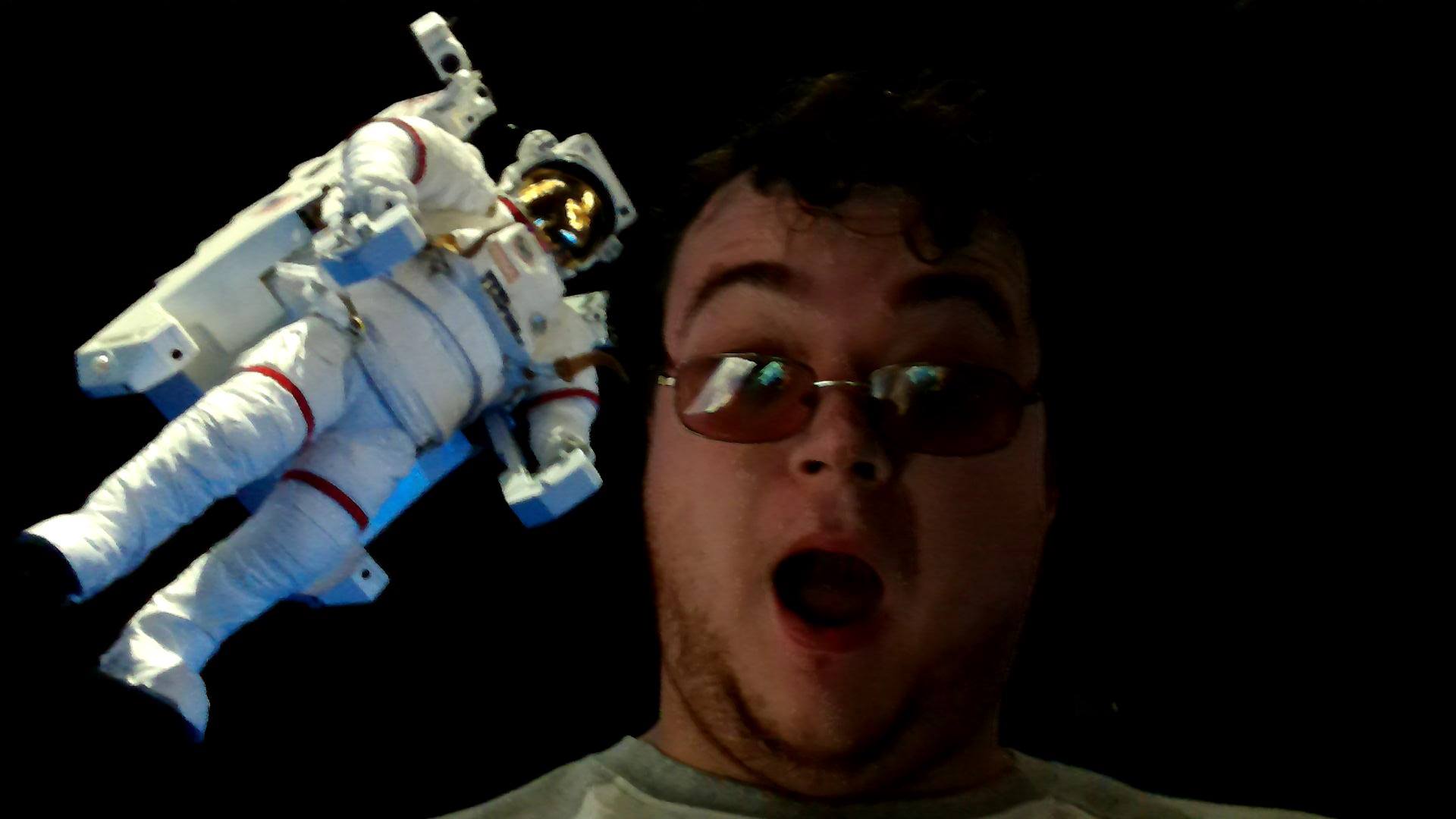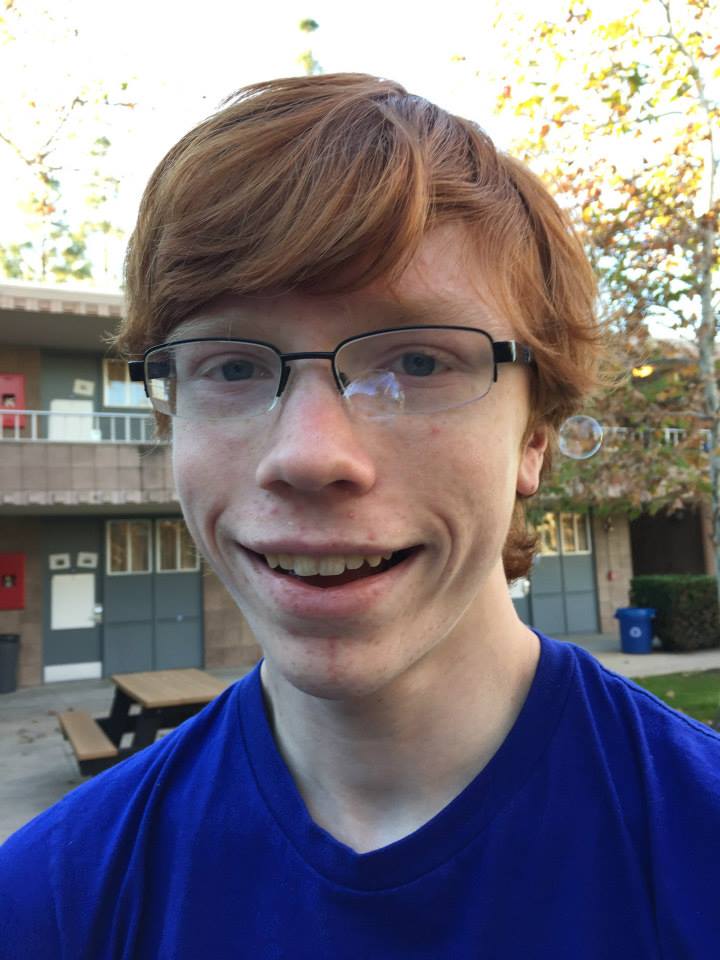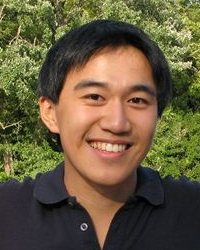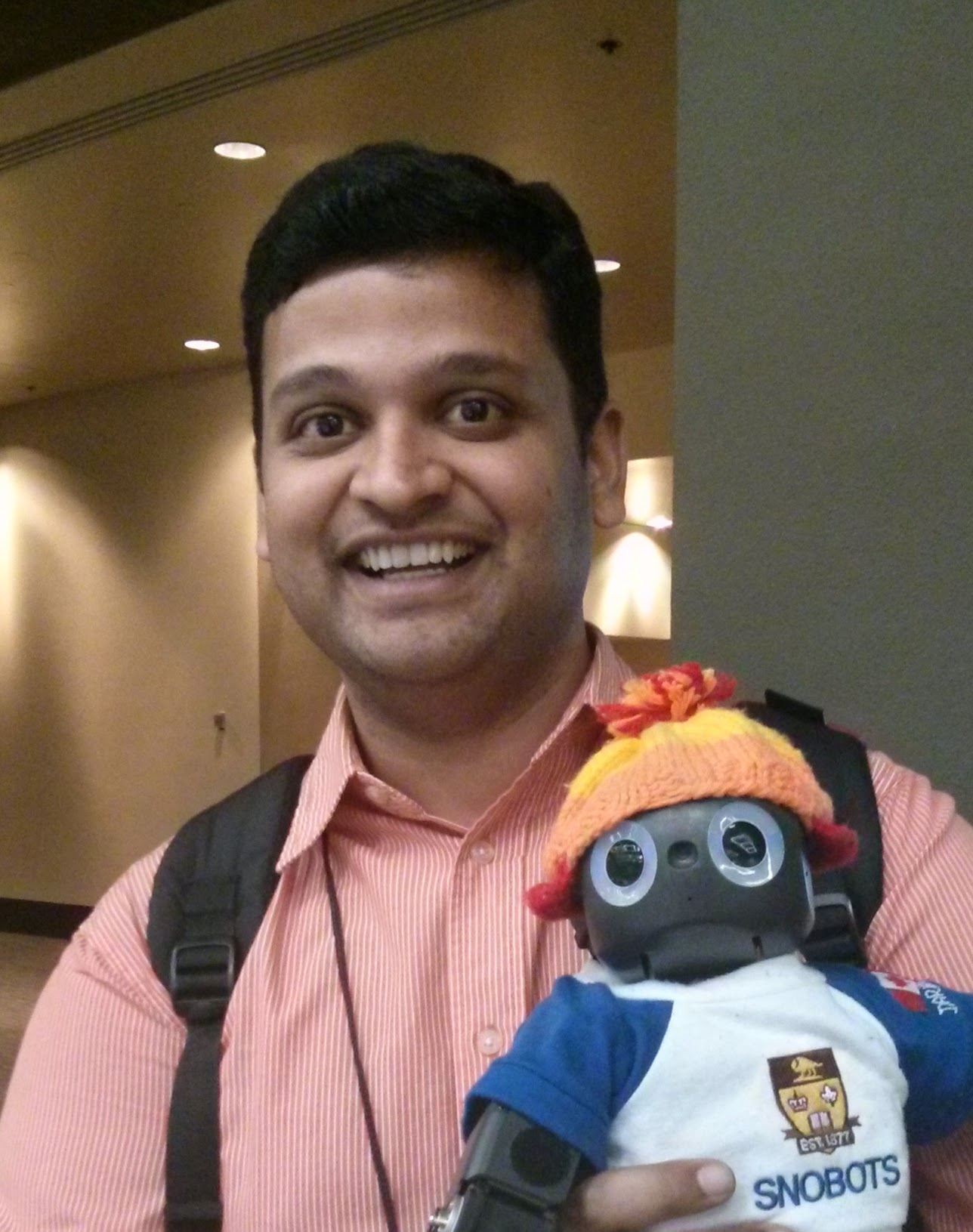
Seminar Title: Deepsea Challenger. Overview of an unconventional deep diving single man submersible
Abstract: When James Cameron put together a team to build his vision of diving on the Mariana's Trench, he deliberately chose members that did not have a background in sub sea systems. The result was an unconventional, and in some cases revolutionary, single man submersible. Brought in to solve a small list of automation pain points Ben Orchard soon found himself central to the core team. In this talk Ben will take us through the history, design, challengers and the series of dives that lead up to the big dive that resulted in only the 3rd person in human history to visit the deepest part of the planets oceans.
Bio: Ben Orchard is a key Applications Engineer at Opto 22 in Temecula, California. Ben develops in-house special projects for customer applications, especially in networking, energy management, and human-machine interfaces, specializing in the SNAP PAC Automation System. Ben Orchard presents in a number of Opto 22 videos showing how to use the company's products, helps teach the company's free monthly training classes, and is constantly in demand for his wide-ranging knowledge. Ben joined Opto 22's engineering staff after extensive field experience in automation in Australia. With an electronics background and a B.S. in Engineering Management, Ben spent over 18 years as a Plant Control Technician at a large regional hospital in Victoria where he integrated products from a variety of manufacturers to develop electrical, HVAC, refrigeration, and emergency response systems.
